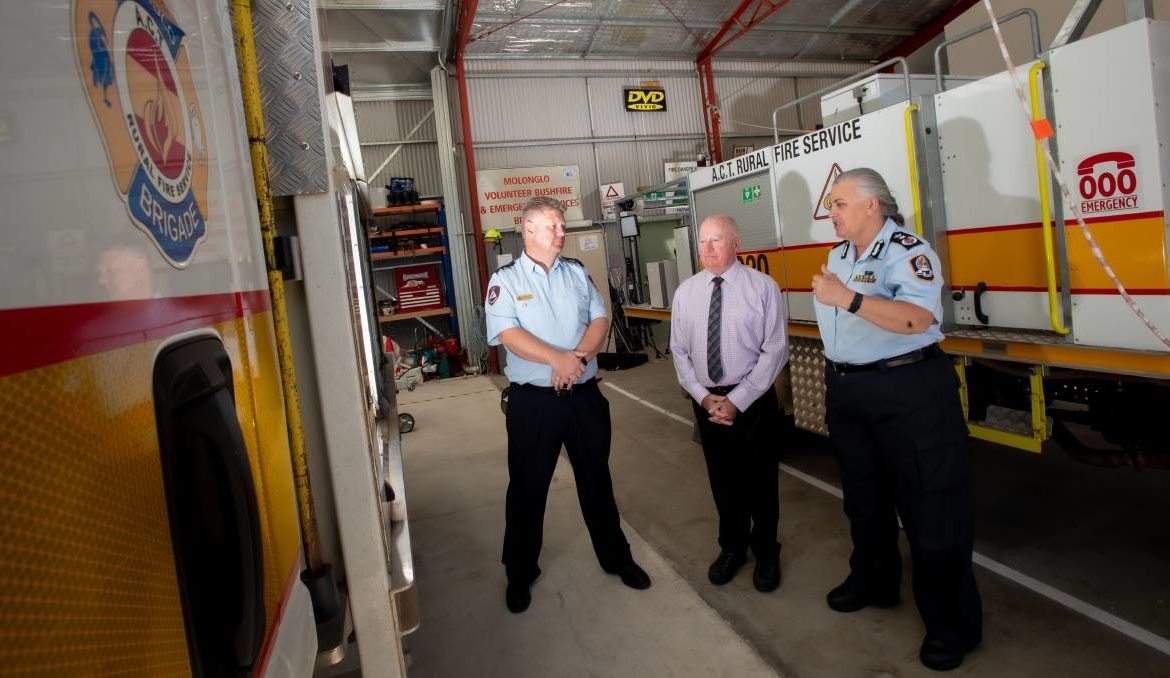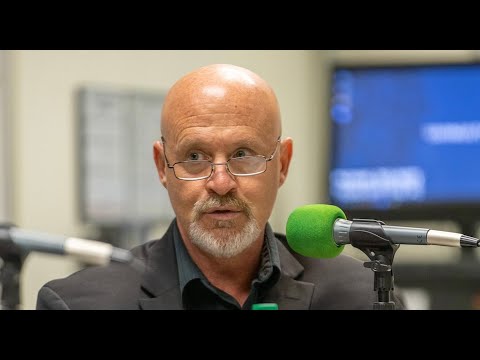news, latest-news, act bushfire council
The ACT has the firefighters and equipment to mount an “initial” attack on blazes comparable to the 2003 catastrophe but is reliant on interstate help to sustain the fight in multi-day emergencies, a report has shown. Part of the ACT Bushfire Council’s latest report looked at the territory’s capacity to respond to three hypothetical fire scenarios: a blaze similar to the Christmas Eve fire in 2001, a fire in a remote area and an emergency involving multiple fires in extreme conditions – as was evident in January 2003. There are about 740 firefighters between the volunteer ranks of the ACT Rural Fire Service and the professionals at ACT Fire & Rescue, according to the council report obtained by The Canberra Times under freedom of information laws. Parks’ force numbers 200, although that appears to include seasonal firefighters, incident controllers and fire behaviour analysts. A further 850 Canberrans volunteer with a community fire unit. The RFS has more than 70 trucks across its brigades, including 25 heavy tankers and 18 command units, and has access to three helicopters throughout the bushfire season. Parks have nine tankers. The ACT Bushfire Council’s report said with those resources ACT crews would be able to “appropriately” mount an “initial attack” in all three of the hypothetical fire scenarios. An initial attack is the first effort to suppress a fire after it has ignited. The report said weather conditions and the numbers of shifts required to fight the fire would determine if those initial efforts could be sustained. Referencing the government’s own report on its bushfire fighting capability from 2018, the report notes that if the fire ran over “many” shifts – which are about 12 hours each – the ACT would need to rely on interstate help to combat the emergency. But as the council’s report noted, “little of this assistance was available” during last summer, as bushfires raged for months across large parts of Australia’s east and south-east coast. The council pointed out fatigue and a need to draw on less well-trained staff was identified as a “significant issue” in the government-commissioned external review of the fire season. That, the report said, was an “important lesson for the ACT”. The report does not mention that NSW personnel and Queensland crews supported ACT authorities during the response to the Orroral Valley fire. The council said the government should update the 2018 capability report to account for the ACT’s “reducing capacity” to rely on interstate support, as climate change fuels more “widespread extreme bushfires” across the country. ACT Rural Fire Service chief officer Rohan Scott and Emergency Services Agency commissioner Georgeina Whelan were not able to comment specifically on the council’s assessment, which formed part of a wider report on the ACT’s bushfire preparedness ahead of the 2020-21 season. However, both believed the ACT was well prepared to respond to future fire emergencies after the experiences of last summer. “I am very comfortable [with the ACT’s level of preparedness],” Mr Scott said. “As much as last season was very fatiguing, very taxing … that experience that we gained last year has then helped with our preparations.”
/images/transform/v1/crop/frm/znhWFHRUTrpRC32tGqnZkk/855d63c8-e424-4702-97a2-ba99e77eb132.jpg/r0_555_5568_3701_w1200_h678_fmax.jpg
The ACT has the firefighters and equipment to mount an “initial” attack on blazes comparable to the 2003 catastrophe but is reliant on interstate help to sustain the fight in multi-day emergencies, a report has shown.
Part of the ACT Bushfire Council’s latest report looked at the territory’s capacity to respond to three hypothetical fire scenarios: a blaze similar to the Christmas Eve fire in 2001, a fire in a remote area and an emergency involving multiple fires in extreme conditions – as was evident in January 2003.
There are about 740 firefighters between the volunteer ranks of the ACT Rural Fire Service and the professionals at ACT Fire & Rescue, according to the council report obtained by The Canberra Times under freedom of information laws.
Parks’ force numbers 200, although that appears to include seasonal firefighters, incident controllers and fire behaviour analysts. A further 850 Canberrans volunteer with a community fire unit.
The RFS has more than 70 trucks across its brigades, including 25 heavy tankers and 18 command units, and has access to three helicopters throughout the bushfire season. Parks have nine tankers.
An initial attack is the first effort to suppress a fire after it has ignited.
The report said weather conditions and the numbers of shifts required to fight the fire would determine if those initial efforts could be sustained.
But as the council’s report noted, “little of this assistance was available” during last summer, as bushfires raged for months across large parts of Australia’s east and south-east coast.
The council pointed out fatigue and a need to draw on less well-trained staff was identified as a “significant issue” in the government-commissioned external review of the fire season.
That, the report said, was an “important lesson for the ACT”.
The report does not mention that NSW personnel and Queensland crews supported ACT authorities during the response to the Orroral Valley fire.
The council said the government should update the 2018 capability report to account for the ACT’s “reducing capacity” to rely on interstate support, as climate change fuels more “widespread extreme bushfires” across the country.
ACT Rural Fire Service chief officer Rohan Scott and Emergency Services Agency commissioner Georgeina Whelan were not able to comment specifically on the council’s assessment, which formed part of a wider report on the ACT’s bushfire preparedness ahead of the 2020-21 season.
However, both believed the ACT was well prepared to respond to future fire emergencies after the experiences of last summer.
“I am very comfortable [with the ACT’s level of preparedness],” Mr Scott said.
“As much as last season was very fatiguing, very taxing … that experience that we gained last year has then helped with our preparations.”







